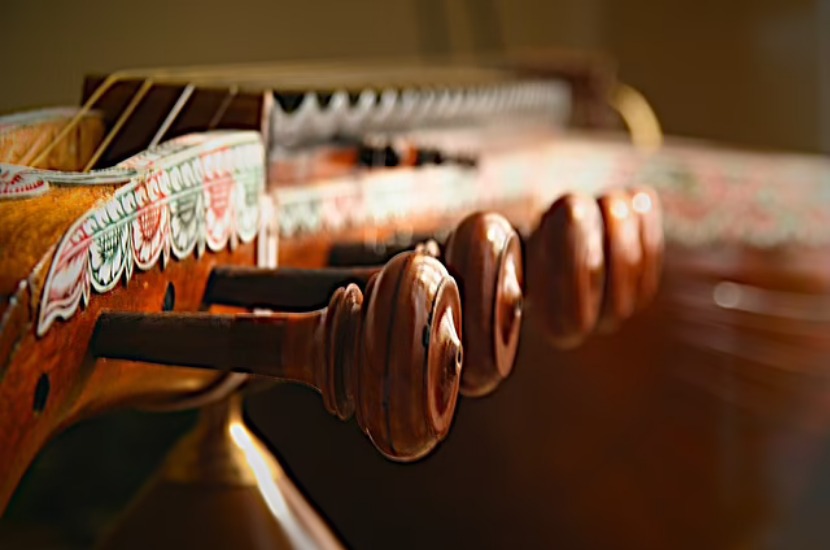2021-09-18
Carnatic Music - All you need to know
Indian Classical Music, the oldest art form in the history of mankind, has two main subgenres Carnatic Music and Hindustani Music. Carnatic music has its roots in the South Indian states viz Karnataka, Tamil Nadu, Andhra Pradesh, Kerala and Telangana. Whereas, Hindustani Music is practised in Northern India. Purandardas, a poet-composer and a mystic in the Vijaynagar Kingdom is the father of Carnatic music.
Carnatic music emphasizes gayaki or singing, and most of the songs written are to be sung or played on instruments. Though Hindustani and Carnatic music is of different styles, the base or foundation is the same, i.e. raga, tala, sruti, and swara.
Swaras in Carnatic Music:
The seven swaras, i.e. Sa Re Ga Ma Pa Dha Ni Sa, are the most familiar component of Classical music. These seven swaras are common in Hindustani and Carnatic Music. Permutation and combination of these seven swaras make up the 72 Ragas in Carnatic Music. The Ragas are divided majorly into two; Janaka ragas (Melakarta ragas) and Janya ragas(Upanga ragas).
Syllables in Carnatic Music:
As raga has swaras, similarly rhythm in Carnatic music has syllables. There are 14 basic syllables; by adding vowels, they become 52. Rhythmic syllables or tala are crucial aspects of Carnatic music since the tala or rhythm is not just a time-keeper. It also adds to the elegance and the tempo “The Layam” of Carnatic music by supporting as well as independently representing the melody. The talas are usually in a pattern of three, five, seven or nine beats. These talas or bols distinguish each raga and expression associated with the melodies.
The globalisation of Carnatic Music:
Indians or Indian culture has always been very adaptable and open to experimenting. This attitude can be seen even in music, where musicians/artists add aspects from Western music to enhance the melodies while sticking to the roots. The same is with Global music; the artists adapt and collaborate with the Indian Classical Musicians to create a melodic harmony of both cultures. Since the fundamentals of Carnatic music and western music being similar, i.e. the seven swaras of Carnatic Sa Re Ga Ma Pa Dha Ni Sa and the notation of the west Do Re Mi Fa Sol La Ti, it becomes comparatively simpler to collaborate. A good example for this is the Shankarabaranam Raaga with the beautiful notes of Muthuswami Deekshithar. In the last few decades, the number of individuals willing to learn Indian music compared to other music styles has increased globally. Even the Western Musicians are now getting attracted to the percussion instruments and string instruments used in Indian music and use them in their harmonies. We are sure the high-level information that we shared in this article is enough to increase your curiosity about Indian music to motivate you to get in-depth into this traditional classical music genre. What are you waiting for? Contact us now at Antara and start your musical journey of Carnatic music with the best gurus in the UAE.


